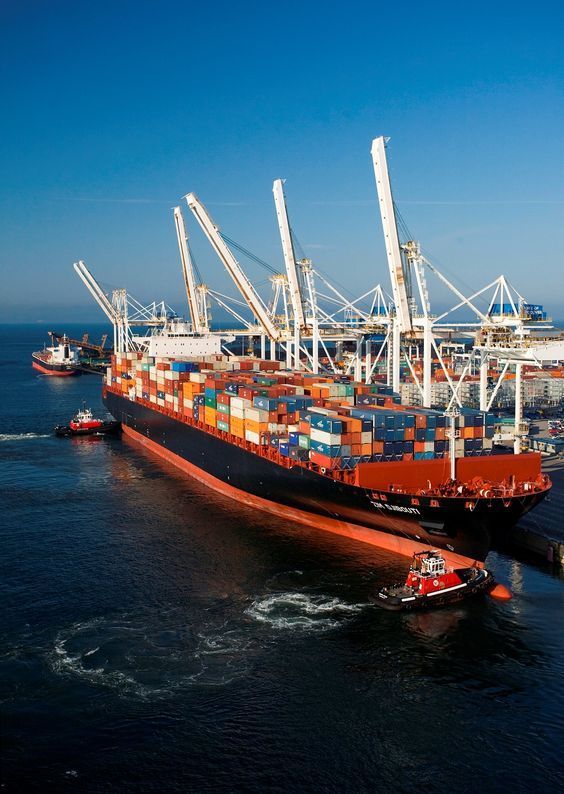Usually when you are calculating the rates for the transportation of your shipment, you expect not to wait long for the quotations from the forwarders. Unfortunately, this is hard to achieve – for many reasons. The transportation, especially the ocean and the air transportation, include many stages and many participants, and is subject to many international and local regulations.
In order to get the best results from your rate request, you should consider the following 5 basic moments:
1 Defining the shipment. Usually the forwarders need some basic information regarding your shipment:
- Commodity: a number of specific commodities require a special transportation:
- Temperature regime: for example, food, medicines, perishables, etc.
- Live animals
- Dangerous goods: this type of shipments includes explosives, poisonous and flammable gases, flammable liquids, flammable solids, etc. The most part of them are not allowed for transportation, and the other – only under special conditions. If the forwarder has any doubts that your shipment may be a dangerous one, he will ask you for MSDS – a document, containing the technical specification of the shipment and showing the regulations for its transportation. More about hidden dangerous goods you can find here.
- High value shipments: the storing and transportation of those goods are also highly regulated.
It is important to know that some destinations have special regulations concerning the type of the commodity for import/export.
- Type of packaging, dimensions and weight. This is a key information for defining the cost of the transportation, as usually the cost is being calculated based on the weight or on the volume. The type if packaging is also of importance.
For example, if you are willing to use a groupage truck to load your small packages, you have to be aware that they have to weigh less than 30 kg each. The groupage shipments are reloaded several times on their way to the consignee, and if they are not palletized, this is done by hand. For packages over 30 kg not only this is extremely difficult, but there is also a huge risk of damage.
- Defining the terms of delivery. As per international agreement, usually the terms of delivery, used in the international transportation, are Incoterms. The last edit is from 2010 and is accessible from the site of the International Chamber of Commerce: https://iccwbo.org/resources-for-business/incoterms-rules/incoterms-rules-2010/ .
- Defining the type of transportation: The transportation can be by road, by ocean, by air, by rail, courier, multi-modal… Your choice depends on the terms of delivery and on your priorities regarding the cost and the delivery time. Usually the cost for the air transportation is higher compared to the cost for ocean, but the delivery time is shorter. If you are shipping a really small shipment, the air transportation may be the best choice. If you are not sure, you can always contact us!
- Whom to address for a rate? There is a huge difference between freight forwarder and a haulier. We recommend you to address a freight forwarder and he will take care of every step of the process. More about the subject here.
- Shipment readiness date: It is good to know when your shipment will be ready for pickup. The rates you will get from the forwarders will have certain validity. If you are not aware of the shipment readiness date, you can ask for a calculative rate.
All those steps may seem difficult to you, but we are at your disposal! You can contact us and we will guide you through all the stages of the process!



